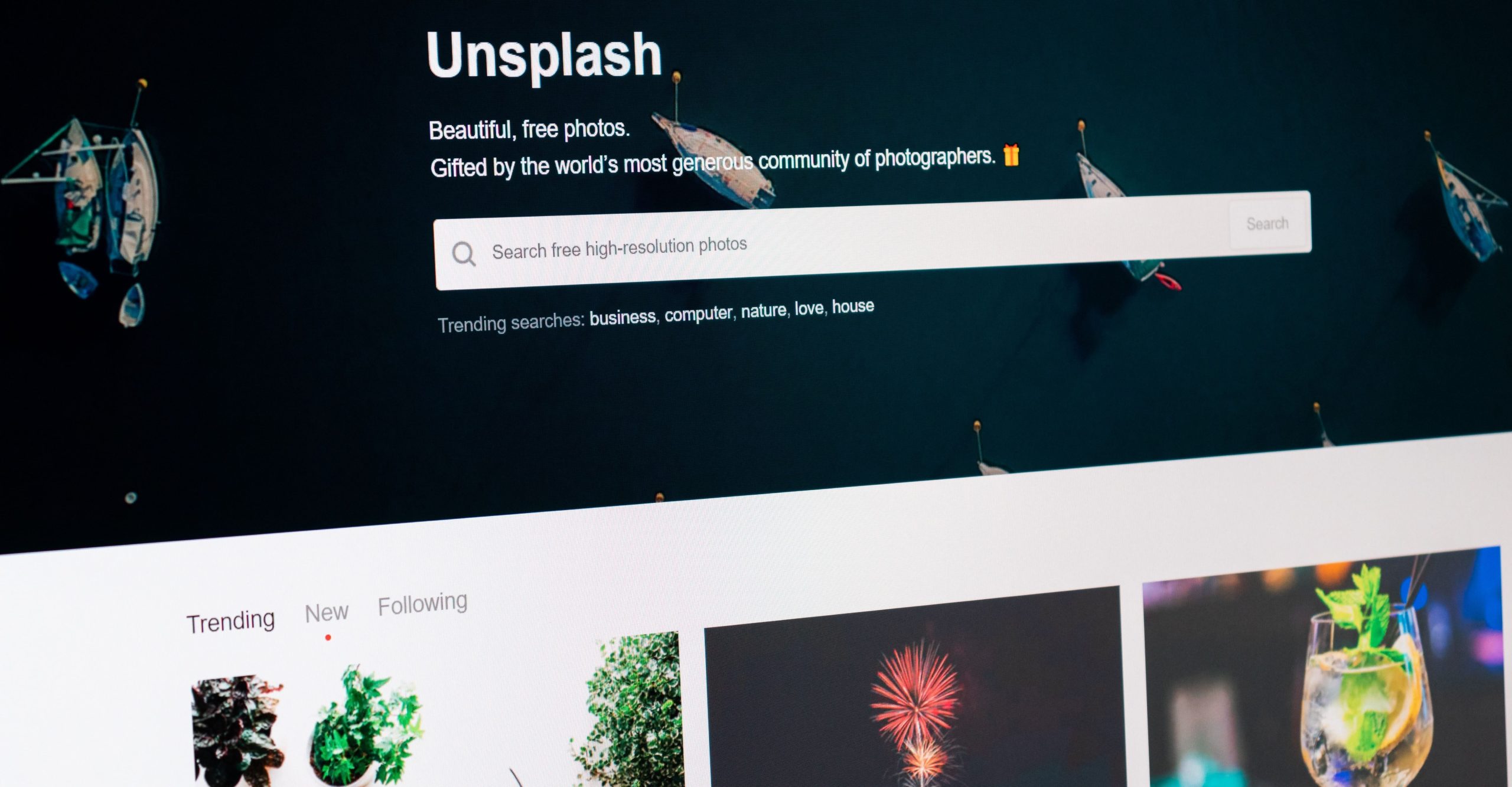5 Top Tips for Writing Compelling Brand Copy

5 Top Tips for Writing Compelling Brand Copy
Index
Engaging copy has serious impact. It’s been that way for centuries.
One of the world’s most famous female authors was disguised as a man.
When Mary Ann Evans published Middlemarch in eight instalments in 1871-1872, she used the male pseudonym, George Eliot.
Evans had a scandalous personal life. Openly involved in a relationship with a married man, she intentionally chose to separate her personal life and writing career.
When it first appeared, Middlemarch – now regarded as one of the greatest English novels ever published – was assumed to have been written by a man, which one could view as a necessary evil.
Fortunately, times have changed. Female authors have been topping bestseller lists for decades now and marital status is not a relevant topic of conversation like it was during the Victorian era.
However, Evans’ experience is a powerful reminder that words – and the way we choose to use them – can change everything – from shaping the identities we create to the trajectory of our lives.

How Do Words Impact Marketing?
Seven seconds. That’s how long it takes a reader to form a first impression of your website. When your audience browses content on their mobile phones, it can come with even more distractions.
That first impression is based on a range of elements – from page layout, to the images you’ve used, to graphic design, and more.
The words you hand-pick to describe your product or services can change the game. Which makes writing a knock-out strapline and compelling introduction mission critical.
Sadly, copy gets treated as an afterthought. It’s the sort of thing that happens after the cool foundations are laid – logos have been designed, website architecture is organised, and brand colours are solidified. When copy is riding the bench, it’s easy to lose impact and power.
Now, here’s the thing. If you wouldn’t take shortcuts with your new product features or services, why use sloppy copy? This is your chance to persuade, convince, and convert. And it might be your only chance.
Like Mary Ann Evans – who knew the power of using a man’s name in a male-dominated publishing industry – words matter. Sometimes they open doors, land new customers, secure funding, and more.
Words can be weapons when used effectively – and that’s especially the case in the world of brands and marketing.

Daring Creates a Point of Difference
What’s the most important element of written content? The chance to be understood clearly – and to market your product effectively – is certainly right up there.
That’s an entirely reasonable position to take. While it’s nice to be creative and it feels amazing to be cool, it’s also critical to be understood. It’s actually critically important to use messaging correctly when you’re engaging with prospects. No one will buy if they don’t know what they’re buying!
Let’s face it, the competition is fierce. There are thousands of websites, many offering similar services.
While a picture is worth a thousand words, a site without the right words is better as a piece of art for your wall. Making a brilliant first impression requires awesomeness everywhere – including the all-important power of your words.
Your strapline and expertly crafted intro paragraph are the first steps towards commanding a reader’s attention and sparking their curiosity to read more. This is a key step towards conversion, so don’t forget it.
If your content is confusing, forgettable, bland, or boring, you’re leaving money on the table. Use this chance to be bold and stand out from the crowd by using your words with precision to command attention, attract curiosity, and drive engagement.
Okay, so how do you write that kind of copy? Read on for some handy tips.

5 Key Tips for Writing Engaging Copy
Captivate your audience with these top tips:
1. Be Concise
“I didn’t have time to write you a short letter, so I wrote you a long one,” author Mark Twain is claimed to have once said.
It might seem counterintuitive, but being sharp and succinct is one of the most effective ways to write engaging copy.
When it comes to words on a website, often less is more.
A great tool to practise on is X (formerly Twitter). If you can sum up your thoughts in 280 characters, you can write punchy content.

2. Be Clear
“Weather delightful!” was ironically one of the final messages transmitted by the Titanic’s ill-fated wireless officer, Jack Phillips.
His next few transmissions were far less upbeat. As a reader, there’s nothing more frustrating than vague or ambiguous messaging.
Define what you mean and make sure your copy speaks directly back to that definition.
3. Find a Hook
This one’s simple enough. You can write the clearest, most concise copy in the world – but no one’s going to read it if there’s no interesting angle behind it.
Uncover what makes your content fascinating – and lead with it.
Don’t forget, 8 out of 10 readers never get beyond an article’s headline.

4. Ask Questions
You could also file this one under ‘speaking directly to your audience’. One of the simplest ways to do that is by asking questions in your content that encourages your readers to respond.
Posing questions establishes a two-way connection and conditions your audience to adopt a mindset of taking action – a handy attitude to encourage when you’re trying to make a sale.
5. Be Compelling
“Find the truth… but make the truth fascinating,” is how advertising legend David Ogilvy summed up the art of using compelling copy to drive a sale.
Always be honest and authentic with your words. Make claims that are truthful and use your words to make them interesting.
Word choices are essential to competing with your brand based on distinction, which is the only way to compete and win. And always find the hook or angle that reels the reader in to stay with you and keep going.
Traffic to your site is a great goal, but reading what’s on offer is the next step towards taking a meeting, fielding a call, or earning the flash of a credit card.

Or Leave It to us…
At Hunt & Hawk, writing awesome copy is what we do. We’re all about wielding words as weapons.
We know how to inform, inspire, entertain, and engage like no one else. And we use this power to build clear and compelling brand identities founded on great copy that captivates audiences to convert.
With only one chance to make a first impression, don’t miss out.
Don’t leave your copywriting to chance – drop us a line at hello@huntandhawk.com to start the conversation.
Want more marketing, branding, and sales tips? Follow the team at Hunt & Hawk on LinkedIn.